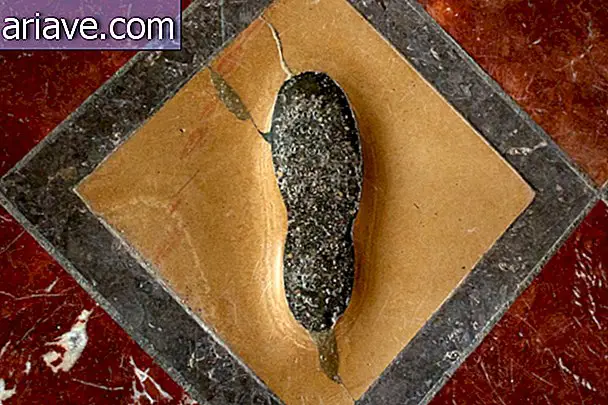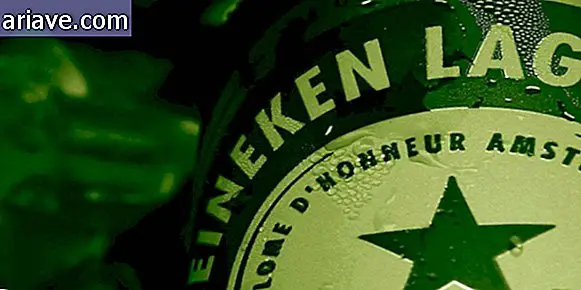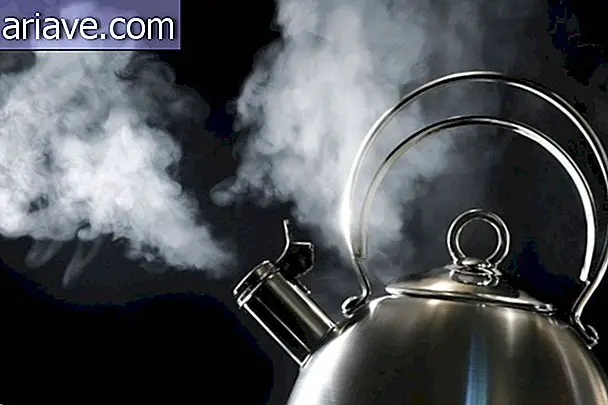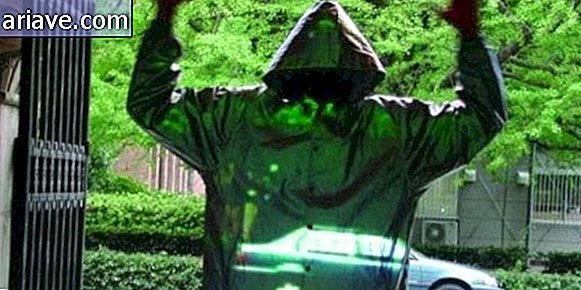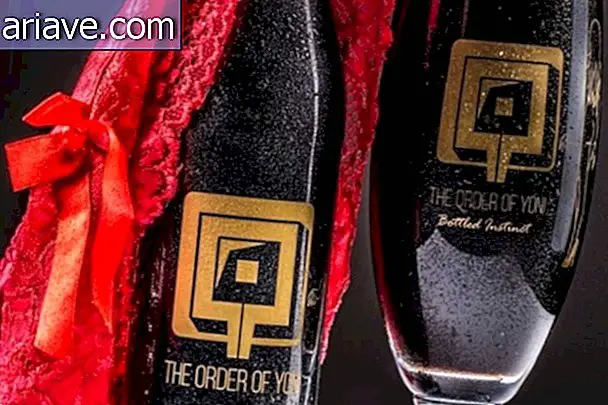Do you know the traditions that gave rise to Halloween?
Tomorrow is October 31, so what better date to know a little about the origins of Halloween? We here at the NZN Group newsroom are very fond of this fun holiday that is celebrated in many parts of the world.
But not always Halloween, as it is also known in Brazil, was a party. He is believed to have emerged from the Celtic peoples who occupied what is today Ireland, Great Britain, and northern France. About 2, 000 years ago, they celebrated the New Year on November 1st, which was the beginning of winter. These people believed that the last night of the year was when the line separating the world from the living and the dead became blurred and the ghosts returned to Earth.
Therefore, on the night of October 31, the Samhain was celebrated. The Druids, religious leaders among the Celts, used the presence of spirits to make predictions about the future. Because the population was completely at the mercy of nature's whims, especially during the winter, these divinations served to give people some comfort.

Bonfires and fruits
During the Samhain festival, people wore costumes made of animal heads and tanned skins. The Druids built large sacred fires where the people burned vegetables and sacrificed animals in honor of the Celtic deities. At the end of the party, each family would carry a torch that had been lit at the party fire and revive the home fireplace with it so that the sacred fire protected the home during the winter. In addition, they left food and drink on the doorstep for the ghosts to feast on.
By AD 43, the Roman Empire had already conquered most of the territory occupied by the Celts, and with that the beliefs of these peoples began to merge. Feralia, a Roman celebration that took place in late October to commemorate the dead, was then combined with the Samhain. Later, the Pomona, Roman date in honor of the goddess of fruits and trees, was also incorporated into the same festival.

The Catholic Church and Halloween
On May 13, 609 AD, Pope Boniface IV dedicated the Pantheon of Rome - a structure in the Italian capital built between AD 128 and 118 - in honor of all Christian martyrs, setting the date as All Martyrs' Day. In the following century, Pope Gregory III also included all the Catholic saints in the celebration and changed the date to November 1, which is still known as All Saints' Day.
In the 9th century, the influence of Christianity grew on what were once the lands of the Celts, and this gradually made the old rites begin to fade. In AD 1000, the Church instituted November 2 as All Souls' Day in an attempt to establish a Christian version of Samhain. The celebration was quite similar, with big bonfires and costumed people, but this time as saints, angels and demons in place of the skins and heads of animals.
All Saints Day was also called in medieval English All-hallowmas. The night before - October 31st - when Samhain was celebrated, it was then called All-Hallows Eve, which eventually became Halloween.

Halloween in the United States
The celebration of Halloween began shyly in the United States, former colony of the British Empire. She was best remembered in the colonies where most of the population was Catholic, as Protestants already had a large presence in both the Old and New Worlds. The communities were made up of several different European ethnic groups, as well as native Indians.
This gave the party a much different identity than its original version, with people celebrating the harvest, gathering to tell scary ghost stories, listening to music, dancing and guessing about the future. Pranks were also common at this time, but Halloween was not yet a widespread tradition in what we know today as the United States.
In the second half of the 19th century, that country received a great migratory wave from Europe, and among the immigrants were millions of Irish who fled the Great Hunger that reached their home country between 1845 and 1849. It was the children of Ireland, descendants from the Celtic people, who spread the celebration of Halloween all over the United States.

Trick or treat?
Halloween currently accounts for a quarter of annual candy sales in the United States, but the custom of going to other people's homes for candy that we associate today has started quite differently. It is believed that during All Souls' Day celebrations in England, the needy population knocked on the door of the wealthiest families asking for food.
It then became the custom among the people to make the so-called “soul cakes”, which were given to beggars in exchange for the promise that they would pray for the souls of the deceased's donor. These donations were encouraged by the Church, so that the people would set aside the old Samhain custom of leaving food at the door for the spirits.
With the population explosion in the United States after World War II, Halloween celebrations are no longer held in community civic centers. Instead, they were performed at home, and the practice of asking for something on Halloween was then adopted by American children, who roamed the neighborhood asking for food, beer (!) And even money in exchange for not making a mess.

Halloween costumes
Another tradition that was adopted by the children was the custom of dressing up during the Halloween celebration. This was because some believed that the ghosts that roamed the earth during the eve of All Saints Day would pursue their loved ones if they saw them still alive.
To avoid being recognized, people went out in costume on the night of October 31, to go unnoticed by souls, who would think they were just other ghosts roaming around. However, in the late 19th century there was a movement to make Halloween a more familiar and less superstitious holiday, and even the newspapers of the time encouraged people to remove the scary elements normally associated with the date.
Thus, over the centuries, the celebration of the last day of the Celtic year, when spirits roamed the streets, has been changing, incorporating and losing elements of other beliefs, until it becomes the celebration we have today. Oh, and it's important to remember that, despite being called in Brazil Halloween, the date doesn't celebrate these creatures specifically. So all our team wishes you a happy Halloween!
* Posted on 10/31/2016
